Hey all I am venturing into making a DIY reflow oven. Been looking at many different types/styles over the last couple of years and feel now is a good time to start one.
I originally planned on building this type of toaster oven. Looked nice with a touch screen and all. It also didn’t use the stock heating elements. He used a circular halogen heating element. After talking with the guy he finally put his source code for it on his GitHub. I’ve watched his video over and over again so I could draw out the schematics and needed parts since he didn’t bother providing those in his GitHub.
I recently ran into a listing on Amazon for a mini toaster oven which looks like this:
The total watts is 550 and I know by research that it’s best to get an oven that’s between 1200-1500 Watts so this mini toaster oven falls pretty behind in that regards. However, those toaster ovens are twice the size of this mini toaster and I know the less area needing heated the less watts that would be needing. I would also consider getting one of those circular halogen to replace the top stock one in the mini - if it fits that is. Doing so would put it into that 1200-1500 watts that are suggested.
The size of the mini toaster is 8L x 6W x 7 inches height. Compared to a average cheap toaster oven measuring 15L x 10H x 11 inches height. They seem to go up to bigger sizes as the price gets more.
So, to those of you who have made their own toaster oven before - is this doable for unleaded solder with, of course, small pcbs?
UPDATE on 962+ having Asbestos
That pretty much settles that then...

